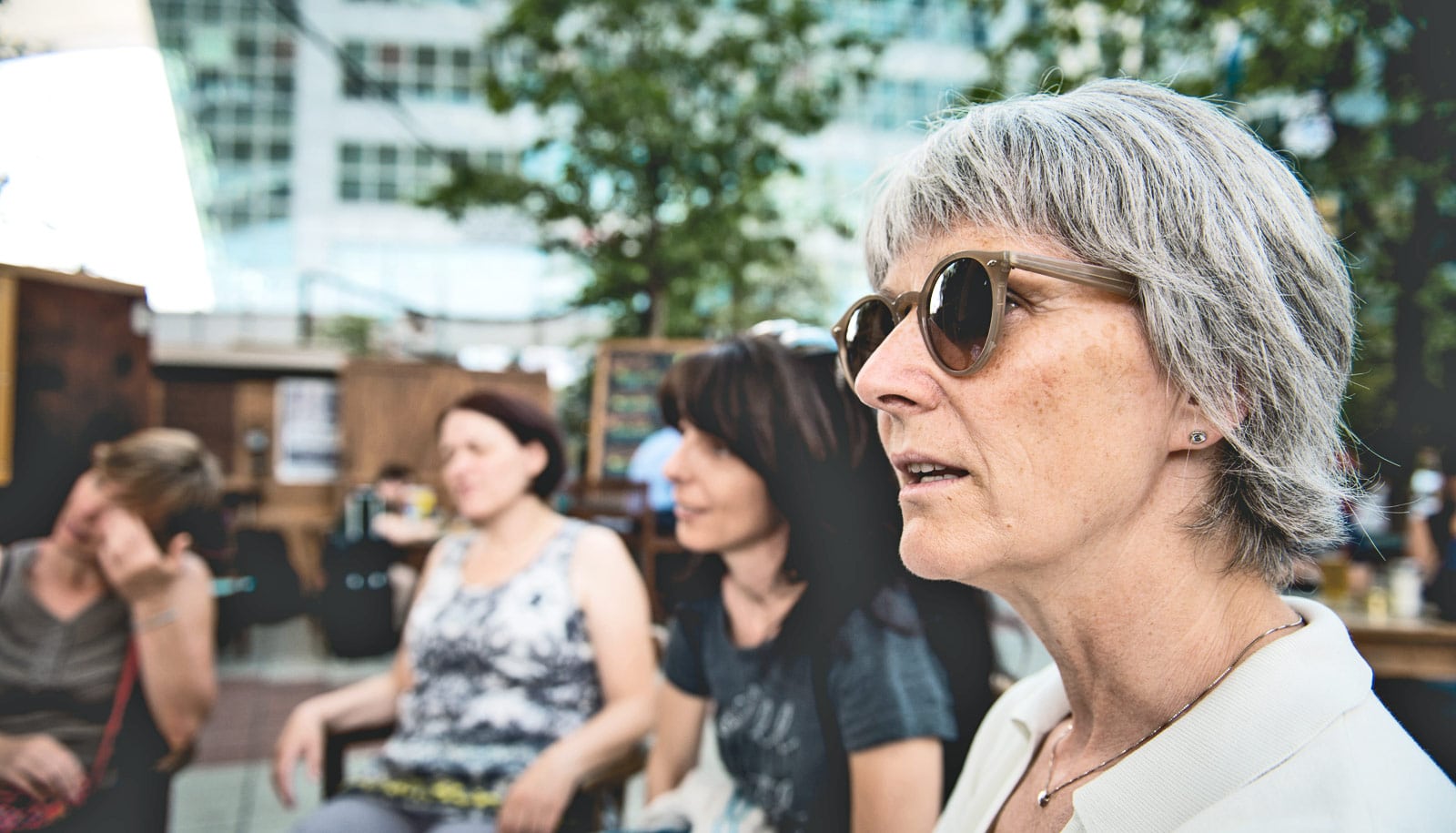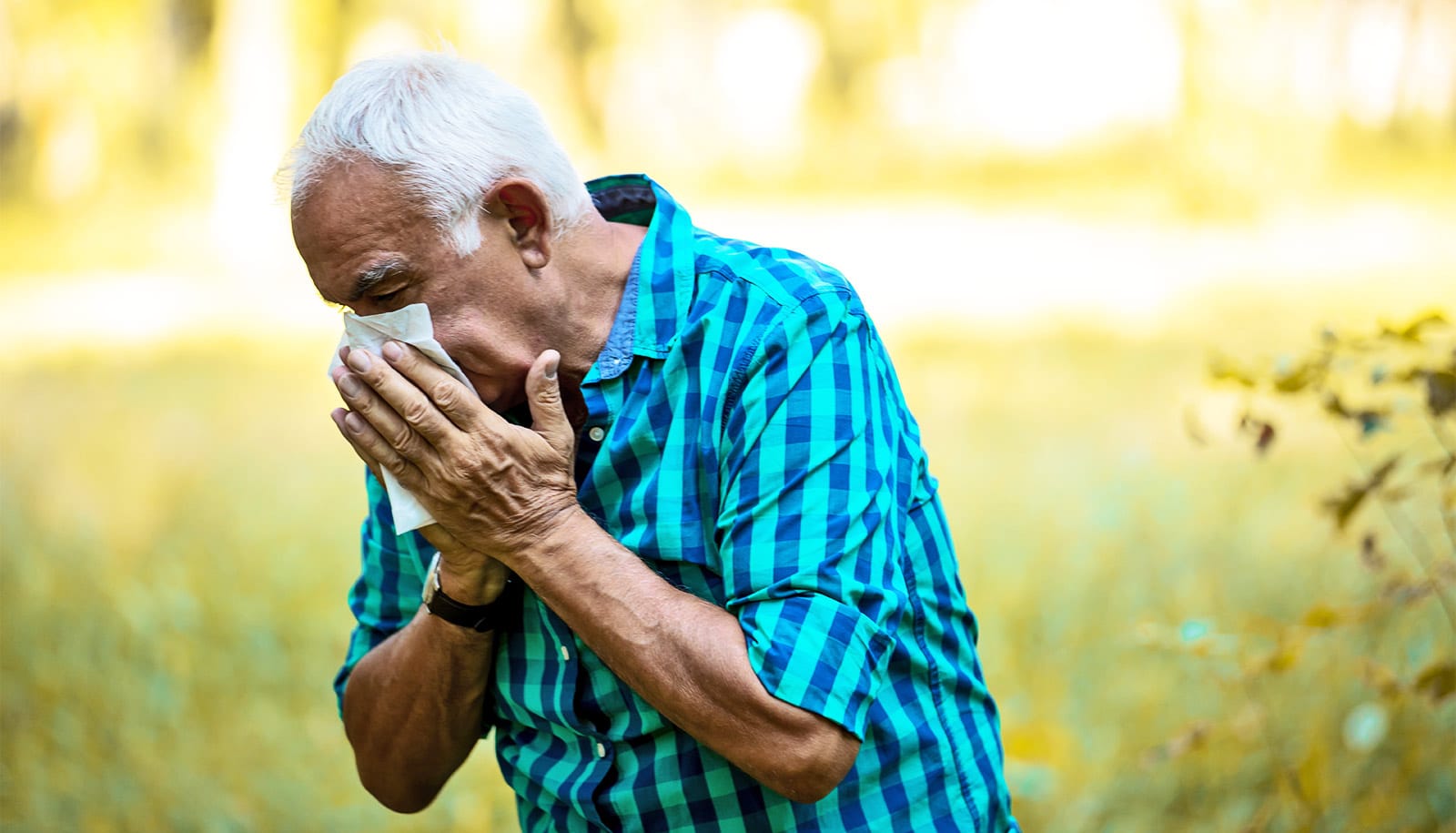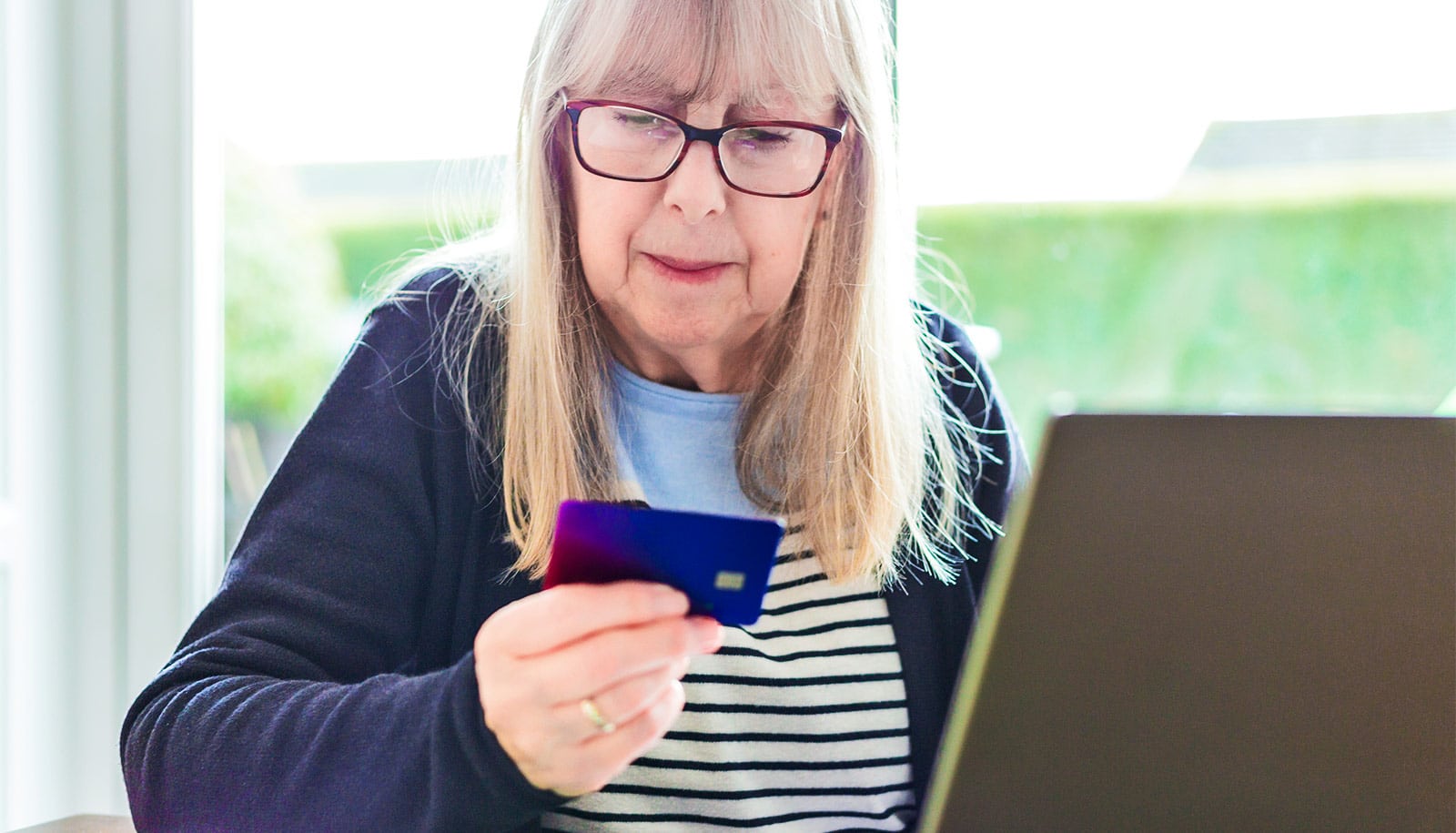Lesbian and bisexual older women are more likely than heterosexual older women to suffer chronic health conditions, experience sleep problems, and drink excessively, a new study finds.
In general, lesbian, gay, and bisexual (LGB) older adults have higher rates of cardiovascular disease, weakened immune systems, and low back or neck pain. They are also at greater risk of some adverse health behaviors such as smoking and excessive drinking.
“This is a population that isn’t getting the attention it deserves.”
But at the same time, there are areas of resilience: more LGB adults take part in preventive health measures, such as HIV and blood pressure tests.
“The strong predictors of poor health are discrimination and victimization,” says Karen Fredriksen-Goldsen, social work professor at the University of Washington, and the principal investigator on the Aging with Pride: National Health, Aging and Sexuality/Gender Study, which surveyed 2,450 adults aged 50 to 100, studying the impact of historical, environmental, psychological, social, behavioral, and biological factors on LGBT older adult health and well-being.
The new study, that appears in the American Journal of Public Health, relied on the 2013-14 National Health Interview Survey of 33,000 heterosexual and LGB adults ages 50 and older, which for the first time asked respondents about their sexual orientation.
In the United States, approximately 2.7 million adults age 50 and older self-identify as lesbian, gay, bisexual, or transgender. This number is expected to increase to more than 5 million by 2060.
Among the key findings:
- Disability and mental distress are significantly more prevalent among lesbians and gay men than among their bisexual counterparts.
- Strokes, heart attacks, asthma, arthritis, and lower back or neck pain affected significantly greater percentages of lesbian and bisexual women than heterosexual women. For example, 53 percent of lesbians and bisexual women experienced lower back or neck pain, versus not quite 40 percent of heterosexuals.
- Nearly 7 percent of gay and bisexual men, compared to 4.8 percent of heterosexual men, suffered chest pain related to heart disease.
- More LGB people reported weakened immune systems: about 17 percent of women, and 15 percent of men, compared to 10 percent of heterosexual women, and 5 percent of heterosexual men.
- Lesbian and bisexual women were up to two times as likely to engage in adverse health behaviors such as excessive drinking.
- More than three-fourths of gay and bisexual men, and almost half of lesbians and bisexual women, had received an HIV test. In contrast, roughly one-fourth of heterosexuals had obtained a test.
- Slightly more lesbian and bisexual women had health insurance than heterosexual women, a possible reflection of professional choices, financial independence, or same-sex partner benefits.
The health disparities among lesbian and bisexual women indicate a population that merits greater attention, Fredriksen-Goldsen says.
“Most people think gay and bisexual men would have more adverse health effects, because of the HIV risk. Lesbian and bisexual women tend to be more invisible, less often considered when it comes to health interventions. This is a population that isn’t getting the attention it deserves.”
Bisexual men and women, meanwhile, may be marginalized not only in the general population, but also within gay and lesbian communities. As a result, bisexuals report feeling more isolated and experience greater stress, which, in turn, could lead to more adverse health conditions associated with stress as well as frequent risky health behaviors, Fredriksen-Goldsen says.
Marriage’s perks extend to LGBT older adults
The findings bring to light the need to target prevention efforts and health care services to improve health and the quality of life of LGB older adults.
The National Institute on Aging funded the work.
Source: University of Washington



